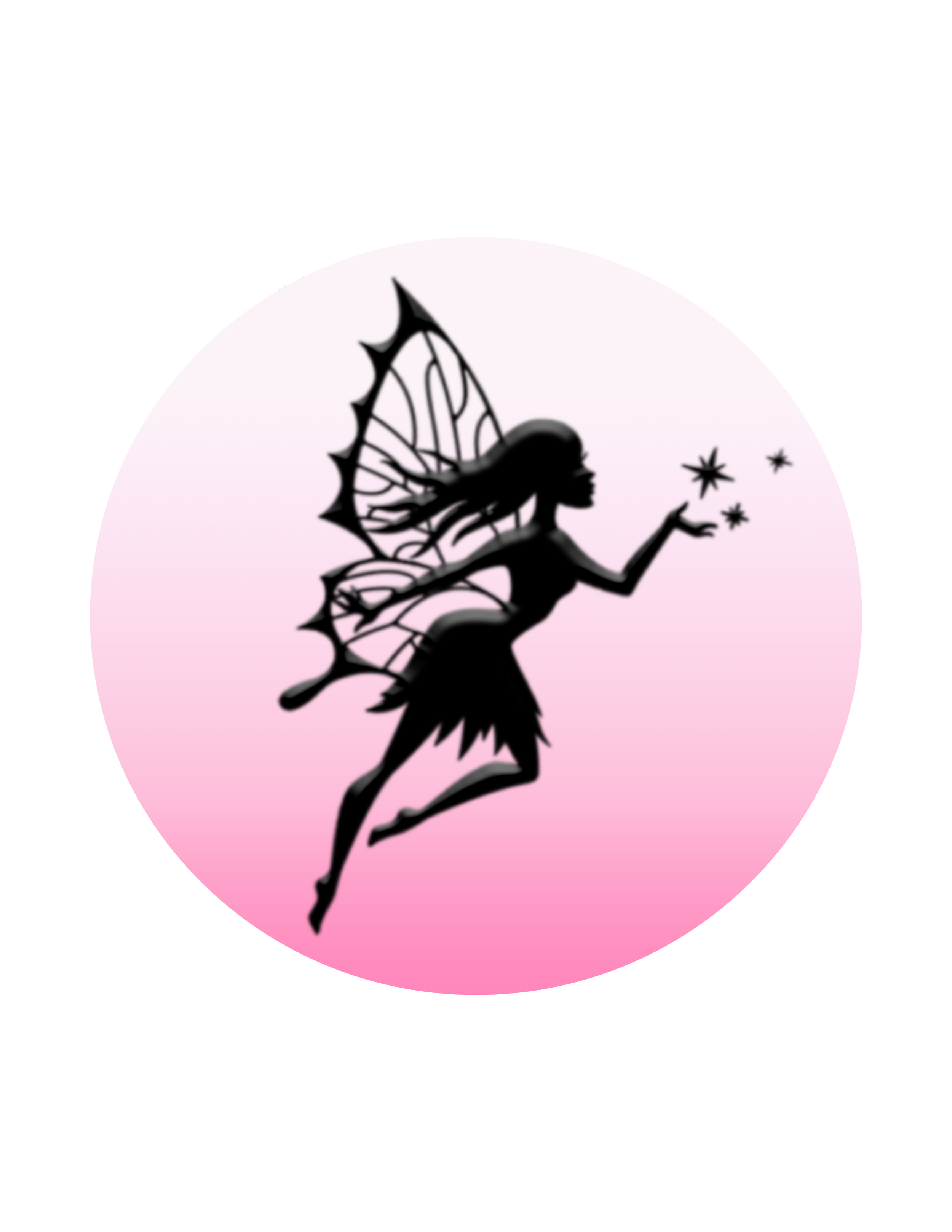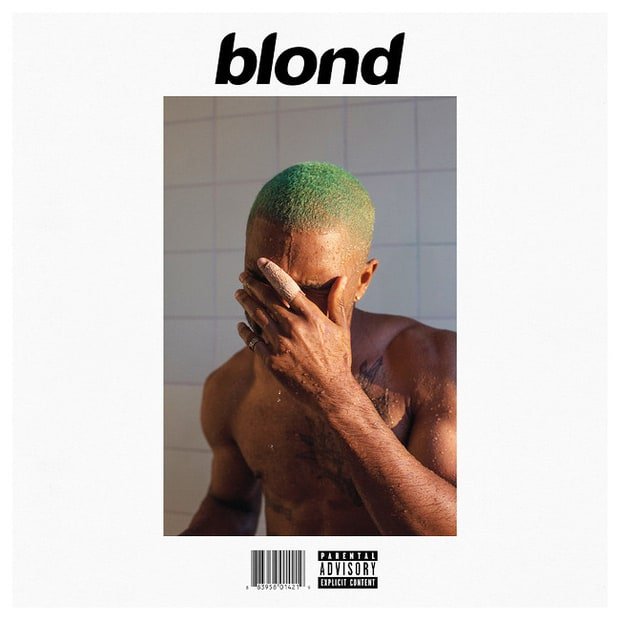The Impact of Frank's Blonde
written by Ebonee Bailey
Frank Ocean’s Blonde is a body of work that I would consider one of the most provocative and futuristic sounding albums that I’ve ever experienced. Four years after dropping critically acclaimed Channel ORANGE, an experimental R&B album that touched on topics including surrealism, technology and even finally coming out about his bisexuality, Frank once again reinvented music by giving us an album that is bound to transform how you will forever look at the power of musical expression and experimentation.
As a tactic to finally dissolve his contract with Def Jam Records, Frank first released Endless, a visual album composed of 19 tracks and interludes that was first debuted on Ocean’s Apple Music radio show “Blonded Radio” on August 19, 2016. This was finally released after months of teasing new music to anxious fans with unexplained delays for a full LP and the reveal of his “BOYSDONTCRY” brand that was definitely going to be instrumental to his upcoming Blonde release. In the 45 minute-long Endless video, Frank is shown building a staircase and impromptuly experimenting with instruments while the songs played in the background.
The next day, the studio album Blonde was released to outstanding acclaim. The album is also alternatively named blond as symbolic solidarity between masculine/feminine descriptors; blonde is feminine, blond is masculine. Along with the release of Blonde, he released the only current issue of the Boys Don’t Cry print magazine. The magazine featured contributions from rapper Kanye West (Blonde ironically has a heavy 808s and Heartbreaks influence) contemporary artist Tom Sachs, and photographer Wolfgang Tillmans (one of the visionaries behind the visual touch of Blonde).
★★★★★
Transcendentalism: the philosophy that personal freedom is in the power of the individual. A belief that every person is inherently “good” but society corrupts us humans out of our good nature and that man-made institutions including organized religion and capitalism are used to control society. Self-identified transcendentalists believe in order to grow closer to God, you must go against institutions that have been used as a tool of conformity. In more basic words, the main belief is that spirituality cannot be achieved through structured obedience, but instead through self-reflection and intuition (solitude brings out your true nature). The belief is that spirituality isn’t something you can explain or can be taught to you strictly in a church or by reading the Bible. Spirituality is more of something that you feel through being more reliant and proximal to nature and experiencing life on your own accord but still taking accountability for your presence and how you let others influence your actions.
I consider Blonde to be the first album that uses an avant-garde structure to discuss the underlying themes within the philosophy of transcendentalism. Sounds of soft rock, gospel, pop, alternative, classical, rap, and conversational interludes are used as a tool for Frank to give us a journal of the themes he has learned through the experience of life. These themes include mortality, existentialism, love, double-consciousness, humane relation to nature, personal relationship with God outside of organized religion, drugs and feelings of euphoria/ego death, self-esteem and non-conformity, and lastly, human interactions and how they affect our view of the world.
One thing that I’ve always admired about Ocean’s sound is that ironically he doesn’t have a singular or central sound, but at the same time, he has his sound. One thing I will always have a heart for are musicians that can use various kinds of music and mixes but still have the ability to create a personal, on-brand sound that is exclusive to the artist. The poetic words of Blonde are able to fully extract a sound of personal emotion and vibes simultaneously, as if Frank has
his own exclusive musical formula. I also love that a lot of the songs on Blonde do not follow a specific iambic pentameter so it gives a more free-flowing type of expression.
I would also like to take a second and delve into the possible meanings and symbolisms behind the Wolfgang Tillman photograph that was chosen as the cover photo for Blonde. This is a practice that is mainly known as semiotics of photography. This photo was taken in a shower, hence the bathroom tiles in the photo background. Symbolically, most people that go through some form of depression sometimes subconsciously gravitate to more secluded areas, like the shower.
Frank’s hair being green represents his personal closeness to nature (green symbolizes earth). The bandage on his finger covering an apparent injury unintentionally could symbolize his subjectedness to human error. Though he is a celebrity (which some people tend to idolize like gods), he is still mortal, showing that he is still able to feel pain and injury. On his skin, you can see the sun reflecting off of it while he still shields his eyes from it, hence he may be trying to unsuccessfully hide from his true nature. The parallels within these visual elements are also discussed throughout the album.
Let’s look at some song highlights
Ivy - A song reminiscing on a past love that didn’t last but still views the relationship as a part of growing up, Frank sings of a dreamy relationship that turned sour. Calling back to how suddenly the relationship must have come about, Frank admits that he didn’t have time to mentally or emotionally prepare for how intense this affair would end up being. This and the fact it was realized that they still had a lot of growing up to, led to their inevitable downfall. However, although he feels deep regret of how things ended, he knows that there are still good memories that were made and lessons that were meant to be learned. At the end of the song, you can hear the sound of instruments being smashed. Seems like Frank is still angry at how things ended (and maybe remorseful too).
Pink + White - When it starts to get closer to nighttime, the sky sometimes turns into a pinkish-grayish color and Frank uses this natural transition to symbolize the beauty of mortality. One thing I always take an interest in is how Frank is able to observe both human’s relativity to nature and nature itself through his pen. Frank speaks of mortality as not a physically humane state but as a collection of all of the memories and lasting impressions that he created and that he’s experienced from others.
Be Yourself - Giving a call back to his first album Channel ORANGE, he includes an interlude of another recording of Ms. Rosie Watson. She’s the mother of one of Frank’s childhood friends and was previously on “Not Just Money”. That interlude was a recorded voicemail of Ms. Waston chastising his friend for being naïve about his value of money. However, on Be Yourself, assumingly his friend is going off to college and his mom gives him a stern speech about making sure he remembers to make decisions that solely relies on his own conscious decisions and beliefs.
And let us not forget these honorable mentions:
● Beyonce’s harmonic runs and Pharell Williams’ production on Pink + White ● Ocean’s rendition of Stevie Wonder’s Talkbox Medley (Close To You / Never Can Say Goodbye) on Close To You
● Swedish artist Yung Lean’s vocals on Godspeed and Self Control
● Austin Feinstein’s whining guitar solo on Self Control
“That was my version of collage or bricolage, how we experience memory sometimes, it’s not linear. We’re not telling the stories to ourselves, we know the story, we’re just seeing it in flashes overlaid.”
Frank Ocean
NY Times, Nov. 15, 2016

